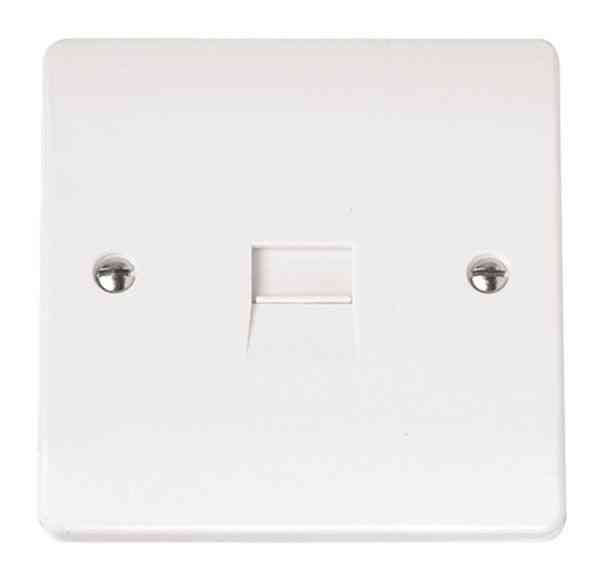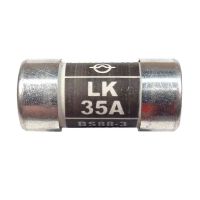Telephone Wiring and Accessories

BT engineers use the following colour codes for wiring telephone extensions (though DIY engineers may do it differently) :
| Connector Pin | Wire Colour |
|---|---|
| Pin 1 | Green with white rings (Not normally connected) |
| Pin 2 | Blue with white rings (very old cable used to be a solid blue colour) |
| Pin 3 | Orange with white rings (very old cable used to be a solid brown colour) |
| Pin 4 | White with orange rings (very old cable used to be a solid green colour) |
| Pin 5 | White with blue rings (very old cable used to be a solid orange colour) |
| Pin 6 | White with green rings (Not normally connected) |
In a normal household, pins numbered 1 and 6 in phone sockets are not used, so you only need 4 core (2 pair) cable for extensions.
Incoming BT phone cable usually has two colours :
Orange is called the “B” wire and is normally connected to either pin 2 in the master socket or if it is the newer NTE5 style socket, its own B terminal. If you measure the Voltage with a multimeter, it should be about minus 50 Volts DC with respect to earth.
White is called the “A” wire and is normally connected to either pin 5 in the master socket or if it's the newer NTE5 style socket, its own A terminal. If you measure the Voltage with a multimeter, it should be about the same as earth.
You should also be able to measure 48-50 Volts between "A" and "B".
